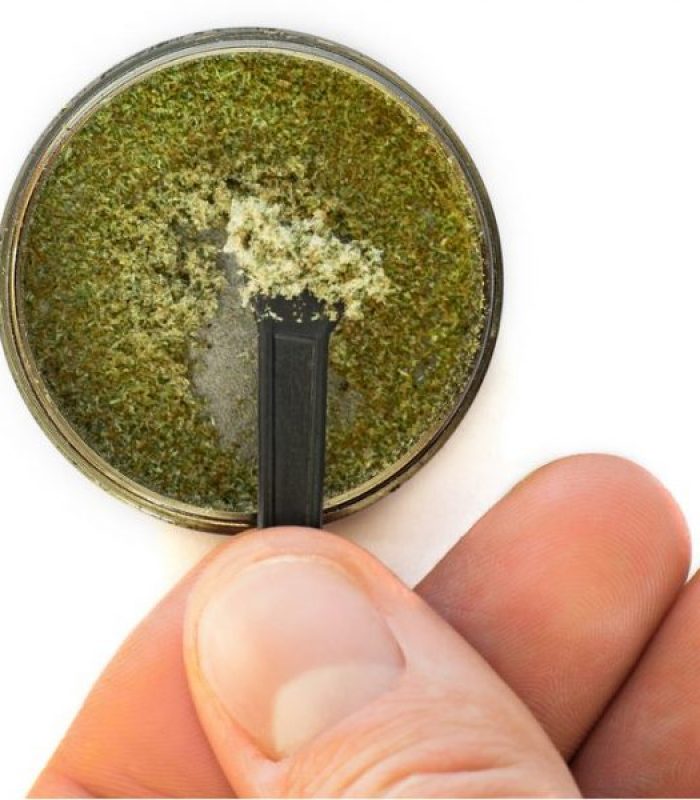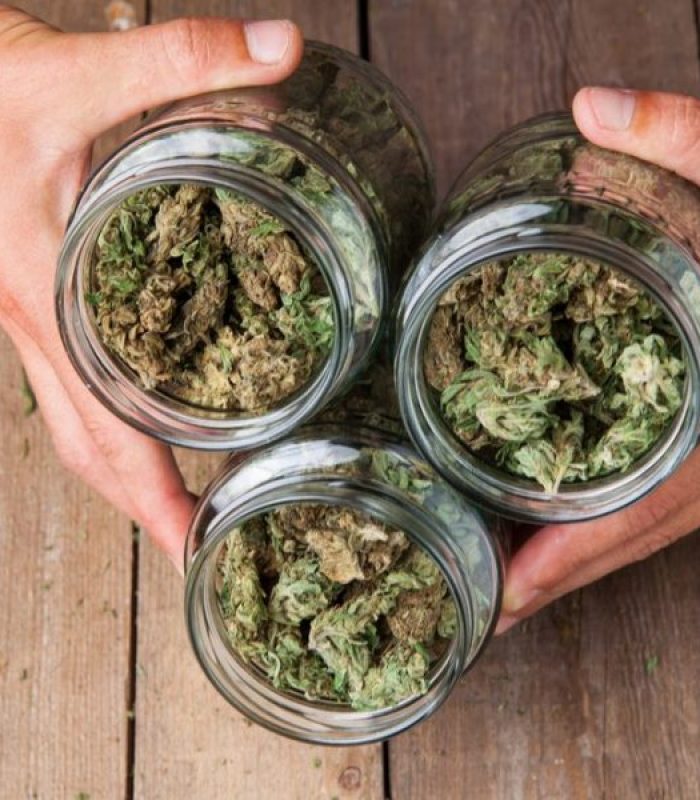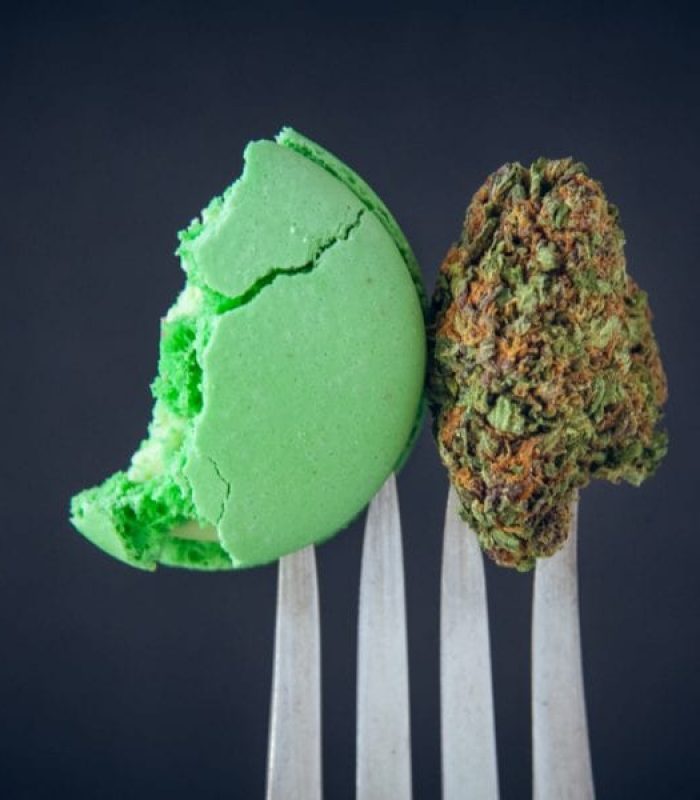How to use cannabis and remain fully functional.
If you’ve been self-medicating for years, you already know this statement to be true: Using cannabis isn’t about getting high, it’s about healing. I’m one of these people who use cannabis medicinally without getting stoned. I’m a fully functioning professional, but use cannabis on a daily basis. For some, this is a confounding dichotomy. How can someone use cannabis for medicinal applications, and still function?
Even if there are still some broader concerns about recreational cannabis, medicinal cannabis is arguably a widely accepted concept. Still, it’s a new one, and one with many misconceptions. Most notable among these misconceptions is the idea that no matter why you are using cannabis, you’re getting high.
Decades of anti-cannabis propaganda has conditioned us to expect a stoned stupor. On top of the decades of misinformation, it’s also hard for some people to suddenly make the mental switch. How can a plant, still under Schedule I classification with the likes of crack cocaine and methamphetamines, also have a medical benefit?
If you are new to using medical cannabis, are nervous about a friend or family member’s cannabis therapy, or maybe are concerned about medical cannabis in the workplace then it’s time to understand the reality of ancient plant-based medicine. If used correctly, medical cannabis is safe and appropriate for daily use. It’s not about getting blotto. It’s about finding the correct dose. This involves experimenting with a balanced cannabinoid spectrum to alleviate symptoms without getting high.

Healing without Getting High
Talk to any cannabis expert, and they’ll confirm you can heal through cannabis without getting high. Joe Dolce, author of Brave New Weed: Adventures into the Uncharted World of Cannabis; Mara Gordon, MD founder of Aunt Zelda’s; and Jordon Tishler, MD are only some of the big cannabis experts promoting the idea that you can use cannabis to treat your medical condition without affecting your day to day life.
With the right approach, which is drastically different from a recreational one, it is entirely possible to reap the benefits of the valuable medicinal compounds in cannabis.
How? There are a few different approaches to dosing, strain selection, and self-experimentation, each designed to avoid getting you high. These include microdosing, self-titration, delivery method, and patient-specific combinations of compounds (low-level THC with high levels of CBD, for instance). These methods are already widely used across the medical cannabis field but if you’re new to cannabis, you may not know much about them.
Finally, the vast majority of strains that are on the market make THC content a priority, and maybe a bit of CBD. With the high levels of THC these days, it does prove challenging to manage dose for medicinal purposes. I’m one of those people who struggle to find appropriate, low-level THC strains to treat my medical condition appropriately. And I know what I’m doing. Imagine facing a wall of cannabis jars on the dispensary without the underlying knowledge to choose the correct one?
How to Use Cannabis Medicinally Without Getting High
Everyone’s journey with medical cannabis is a very personal one. In part, this is because the plant affects everyone differently, depending on a wide variety of physiological factors. That said, there are a few ways to explore cannabis therapeutically which avoids or reduces the risk of ‘overdoing it’. Here are a few:
Micro-dosing
Microdosing, made popular by entrepreneurs and Silicon Valley types using small doses of LSD, is also very useful for cannabis. It will vary from person to person, but a microdose is usually under 5 mg of THC per dose. Vape pens and sublingual tinctures are the most common microdosing methods. Some others use a one-hitter or a standard joint to achieve the same effect.

Microdosing is about maintaining a constant level of cannabinoid therapy on an as-needed basis. With low levels of THC there is a very low chance of getting high. Despite the seemingly tiny doses, your body receives the constant boost it needs to overcome painful symptoms with frequent application.
Self-Titration
Self-titration is the process of slow, thoughtful, and careful experimentation by the patient to find the optimal dose and perfect cannabinoid combination. Because cannabis a self-delivered therapy – not physician delivered – even doctors prescribe a self-titration schedule to their patients.
Self-titration is a very personal experience. But all programs follow the same general motto, “Start low, and go slow”. Usually, patients start off with a very low dose of THC, around 5 mg or less, taken in the morning and at night. Every few days, the patient slightly increases the dose until they have achieved the desired effects. If higher THC doses are needed for treatment, patients should first try it before bed to avoid any unwanted psychoactive effects while awake. As the body adjusts to the therapy, it will begin to increase its tolerance to the THC.
Topicals
Topicals aren’t always the right answer, but depending on your health concern, these may offer an easy method of using cannabis without getting high. Cannabis topicals, including cannabis-infused creams, balms, oils, and salves, provide relief for skin irritations, muscle and joint issues, and inflammation without breaking through the blood-brain barrier. Because cannabinoids cannot enter your bloodstream through your skin, it’s the easiest way to reap the benefits without getting high.

Image credit: Weed Guide
Using medical cannabis under the guidance of a medical cannabis professional will let you heal without the high. Unfortunately, cannabis experts are few and far between. This often leads to self-experimentation without understanding the basics. For some, this has led to uncomfortable experiences. If you follow some of the aforementioned guidelines, even people with little cannabis experience can reap the benefits without getting overwhelmed by its psychoactive components.





